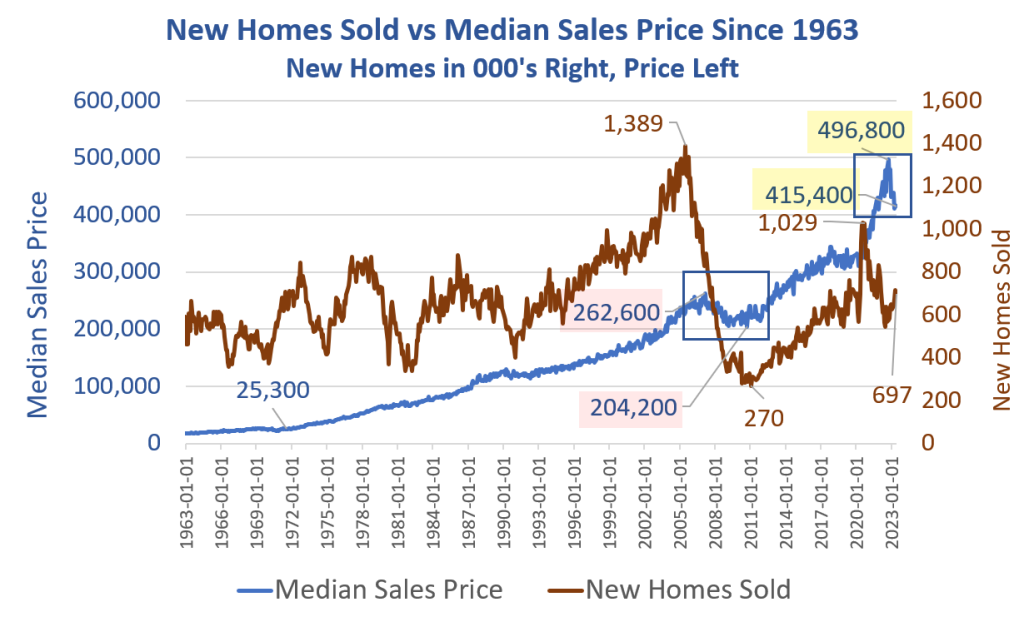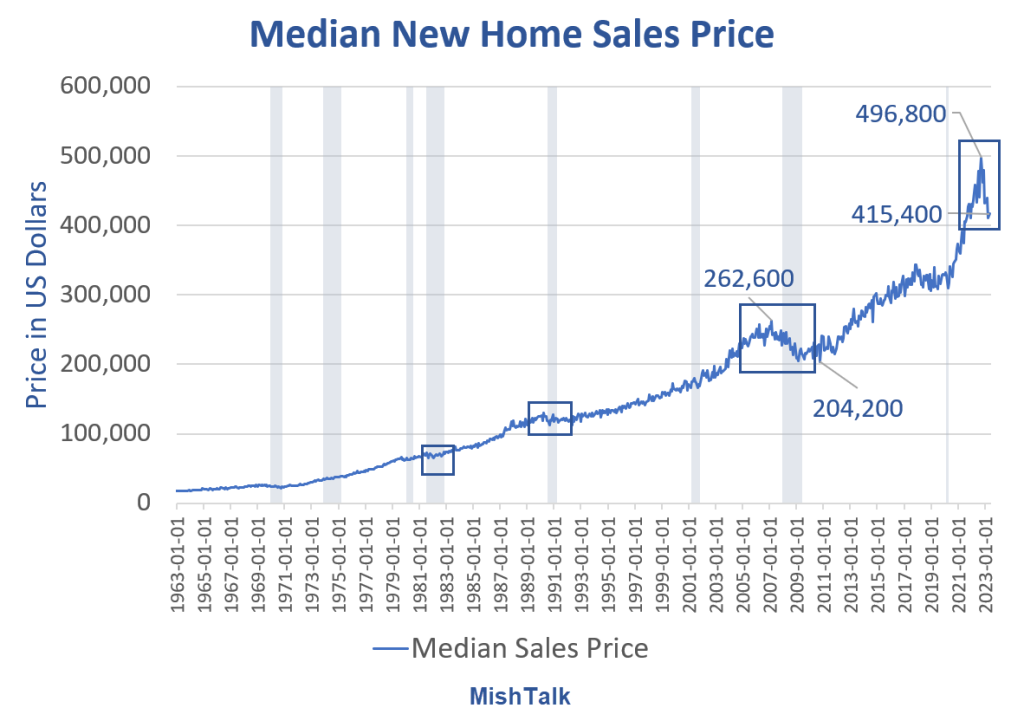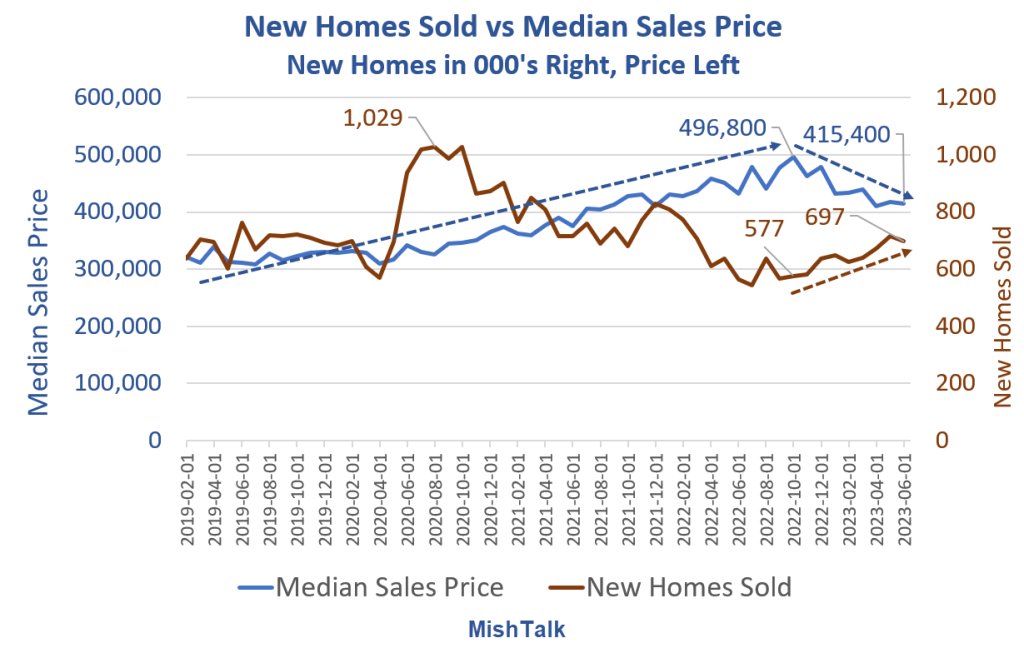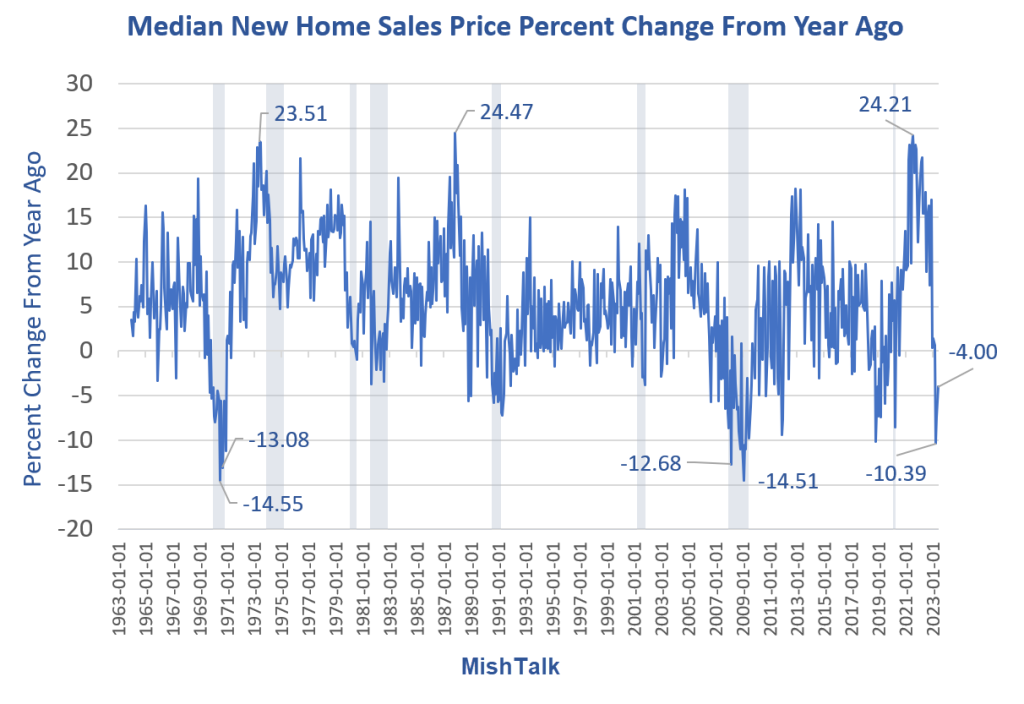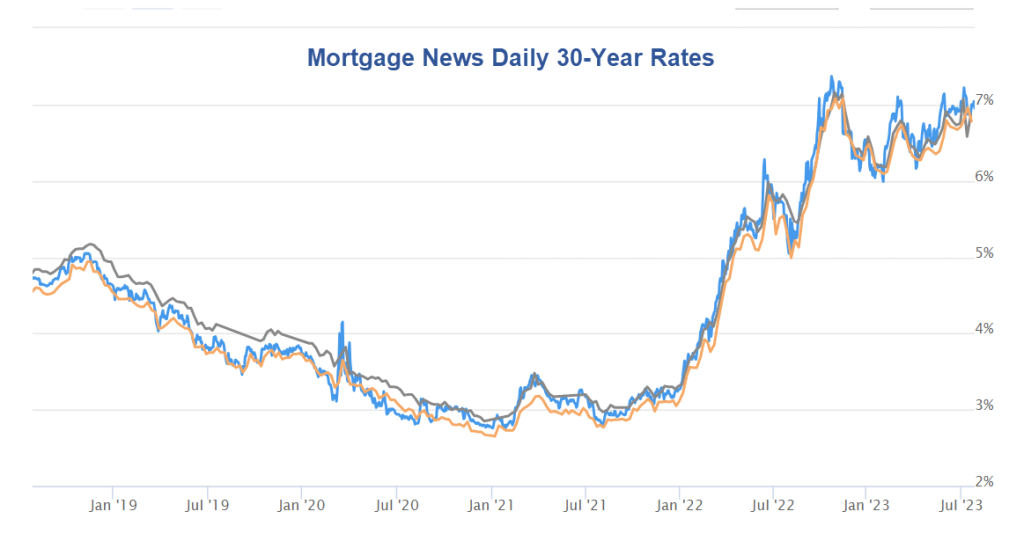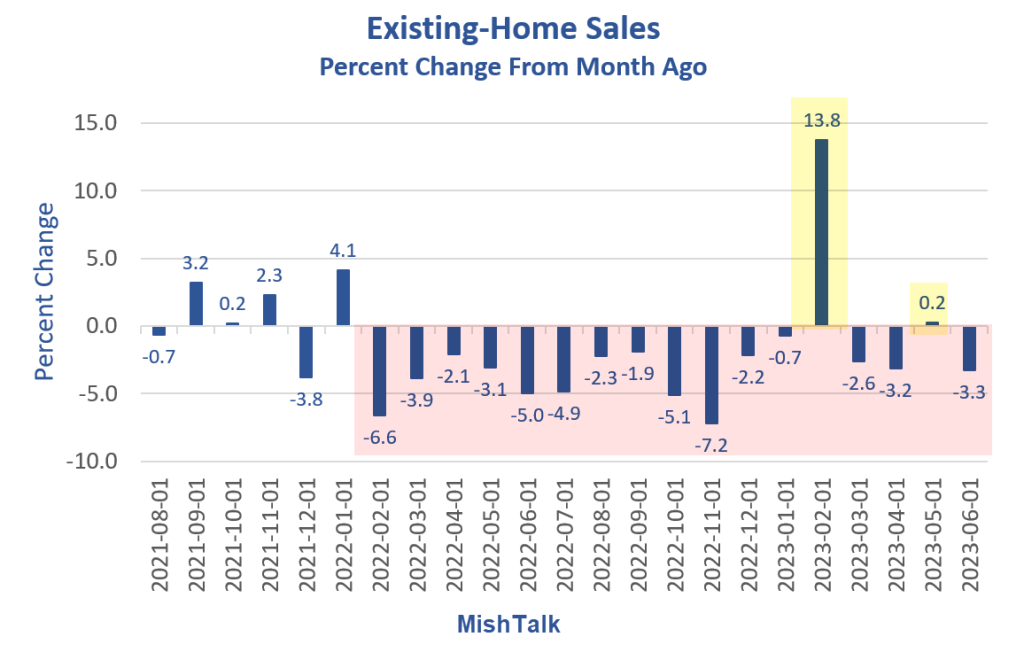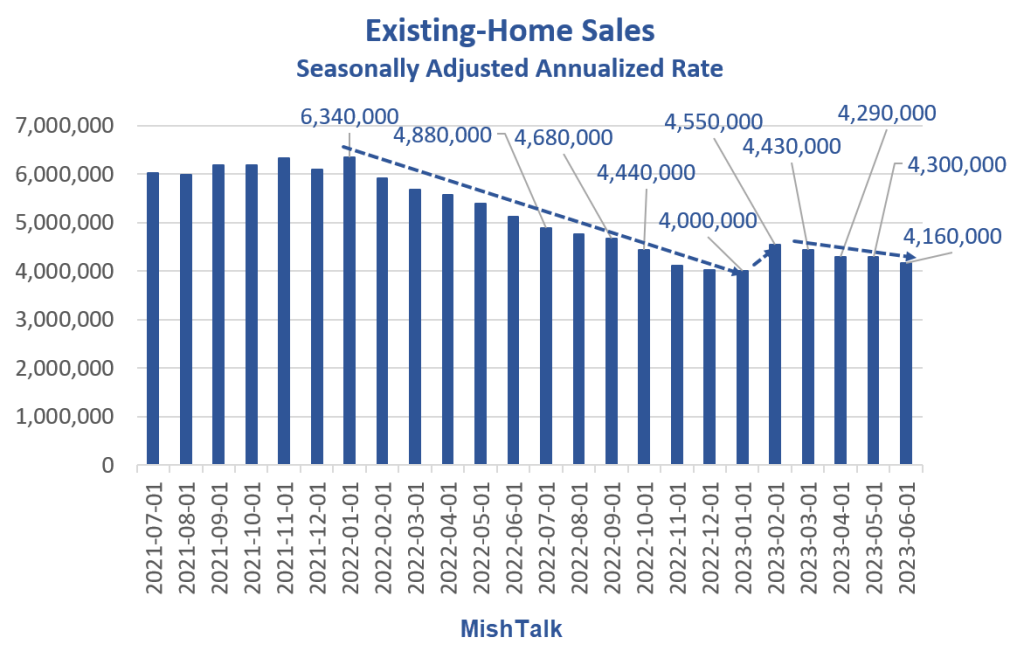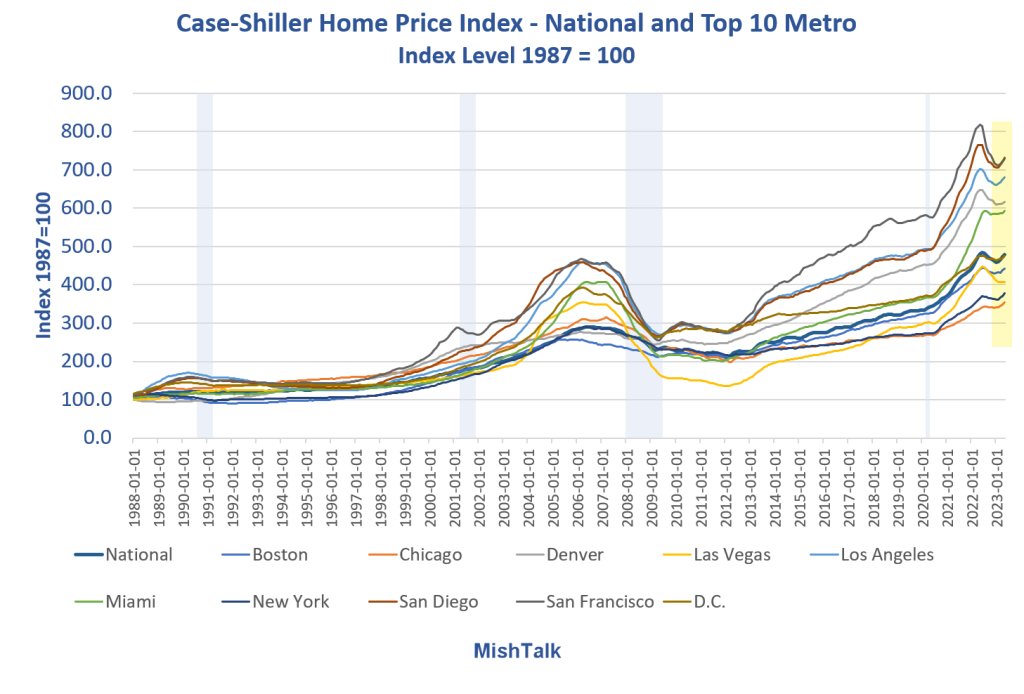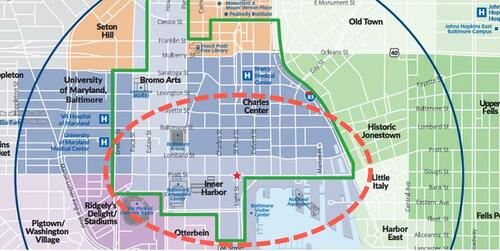Every property manager, owner, or general partner has had the nightmare tenant- that calamity Jane or that Pig in the Parlor- the tenant is a real nuisance and a pain in the rear.
You have fielded and experienced complaints from tenant neighbors, that may include arguments near the elevators, late night parties, late night phone calls, police visits, fights in the units or common areas, drug dealing, criminal threats, loud cars, too many cars parked at the complex, and causing excessive noise and disruption. Other examples include but are not limited to running a used car lot or auto repair shop at the apartment complex, excessive smoking, causing damage to the rental unit, or making an alteration to the rental unit that was not approved by the management, and using the property for an illegal purpose.
You should ask your property manager- has there been a substantial repeat problem or merely a “one off” incident? The term “substantial” should be the important threshold level litmus test to evaluate the situation. Also, the property manager should evaluate whether the tenant is causing an unreasonable interference with the daily life of other residents at the subject property.
Initial plan of action to be a step ahead of the nuisance tenant
- Make sure that you have an up-to-date lease agreement and or addendum/ amendment that makes all nuisance activity and illegal activity to be in violation of the lease. You can have very specific and comprehensive language of what is defined as a nuisance that would occur in the rental units and common areas. Have the tenant sign the documents, stating that they have received the documents, read them, and understand the documents.
- Have house apartment rules that are incorporated by reference as a term of the lease and have all the tenants sign them and affirm that they have received the rules, read, and understand them. Review your house rules and update them. House rules must be distributed to all tenants, and you should obtain a signature that they will comply from the beginning of the lease or at any point along the way that you promulgate new rules. House rules should also be posted in public display areas such as near the mailroom and at the pool.
- As a landlord, you still need to comply with the duty to repair and habitability rules- even for the “nuisance” type tenant, as long as they give you access to the unit to make repairs. Even though a nuisance tenant is a “social problem,” you should still fix things in the unit. If you complete any repairs you need to, the tenant may calm down and stop the nuisance activity. You don’t want to provide the tenant with a defense of retaliation or implied warranty of habitability or failure to repair at the time of an unlawful detainer trial. If you go to trial, you want to come into the trial with “clean hands,” and to tell the judge or jury that even though this tenant is a nuisance, we still complied with our repair obligations, and kept the rental unit in a functional and habitable condition. Document in writing all repairs made to the unit and keep receipts for purchases and contractors. If the tenant does not provide reasonable access to the unit to inspect and make repairs, that should be documented also, and may be grounds to serve a Notice to Cure Covenant or eviction case.
- If you notice some initial nuisance type of activity, you can send a brief email or letter to the tenant stating the issue, and the lease violation. Keep a copy of this communication. This communication informs the tenant you are carefully monitoring the situation.
- When you have a problem, “repeat offender” type of tenant, keep a detailed written narrative log description and computer word file that has the date, time, and factual description of the nuisance activity. Answer these questions: who, what, where, how, and why? For each incident, keep a detailed written log in your computer file about the tenant, documenting what happened, and the complete contact information of complaining witnesses and other witnesses- including cell phone numbers, email addresses, and street addresses. Witness contact information is important for issuing and serving subpoenas to third party witnesses if there is an eviction trial. If the police or sheriff was summoned, the police officers’ contact information, business card, email, phone numbers, and police station address should be kept. This log and factual detail must be filled out at the same time as the incident occurred. If you fill out the log contemporaneously with your issues, that is the best and most efficient way to stay on top of the issues, and it will ensure better recall and factual accuracy.
- Take photographs and a video on your phone or a video camera of the situation. This video may be used as evidence and admissible in court. Document the date and time the photos or video was taken. For example, a tenant is running a used car lot on the premises- a video or photographs of the cars and excessive traffic is very useful evidence as proof to the Court of the facts alleged.
- Familiarize yourself with the landlord tenant laws, local rent control ordinances, and state law statutes that apply to fault-based evictions and specifically nuisance activity. For example, Section 1806 of the Santa Monica Rent Control law provides that a tenant may be evicted for “Materially and substantially breaching the lease,” or “Causing or permitting a substantial nuisance or damage to the unit.”
- You should have the local police or sheriff’s office ready in your phone contacts on speed dial for 911 emergencies for more serious situations. It is a good idea to introduce yourself to your local police officers and local senior community lead police officer so you build a working relationship. A visit by a police officer can calm a tenant down and alleviate the stress of the situation. Any type of threat or escalation, or evidence of domestic violence or other commission of a crime, should be immediately reported to the local police department. You can subpoena a police officer as a witness at an unlawful detainer trial if a police officer has to visit the property or make an arrest. You can also invite your local police officers to have a meet and greet at your complex, and field questions of tenants and management. There is every advantage in working positively and effectively with law enforcement to manage your property and protect the residents.
In addition, the Los Angeles Rent Stabilization Ordinance provides in pertinent part,
“A landlord may bring an action to recover possession of a rental unit for any reason listed below:
The tenant has violated a lawful obligation or covenant of the tenancy, other than the obligation to surrender possession upon proper notice and has failed to cure such violation after having received written notice thereof from the landlord.
The tenant is committing or permitting to exist a nuisance in, or is causing damage to, the rental unit, or to the appurtenances thereof, or to the common areas of the complex containing the rental unit, or is creating an unreasonable interference with the comfort, safety, or enjoyment of any of the other residents of the same or adjacent buildings.
The tenant is using or permitting a rental unit to be used for any illegal purpose.”
California Civil Code S. 1946.2 provides grounds for eviction for at fault “just cause” eviction for longer term tenants including breach of a material term of the lease, nuisance, commission of criminal activity, and use of the property for an illegal purpose: The section reads:
“a) Notwithstanding any other law, after a tenant has continuously and lawfully occupied a residential real property for 12 months, the owner of the residential real property shall not terminate the tenancy without just cause, which shall be stated in the written notice to terminate tenancy. If any additional adult tenants are added to the lease before an existing tenant has continuously and lawfully occupied the residential real property for 24 months, then this subdivision shall only apply if either of the following are satisfied:
(1) All of the tenants have continuously and lawfully occupied the residential real property for 12 months or more.
(2) One or more tenants have continuously and lawfully occupied the residential real property for 24 months or more.
(b) For purposes of this section, “just cause” includes either of the following:
(1) At-fault just cause, which is any of the following:
(A) Default in the payment of rent.
(B) A breach of a material term of the lease, as described in paragraph (3) of Section 1161 of the Code of Civil Procedure, including, but not limited to, violation of a provision of the lease after being issued a written notice to correct the violation.
(C) Maintaining, committing, or permitting the maintenance or commission of a nuisance as described in paragraph (4) of Section 1161 of the Code of Civil Procedure.
(D) Committing waste as described in paragraph (4) of Section 1161 of the Code of Civil Procedure.
(E) The tenant had a written lease that terminated on or after January 1, 2020, or January 1, 2022, if the lease is for a tenancy in a mobilehome, and after a written request or demand from the owner, the tenant has refused to execute a written extension or renewal of the lease for an additional term of similar duration with similar provisions, provided that those terms do not violate this section or any other provision of law.
(F) Criminal activity by the tenant on the residential real property, including any common areas, or any criminal activity or criminal threat, as defined in subdivision (a) of Section 422 of the Penal Code, on or off the residential real property, that is directed at any owner or agent of the owner of the residential real property.
(G) Assigning or subletting the premises in violation of the tenant’s lease, as described in paragraph (4) of Section 1161 of the Code of Civil Procedure.
(H) The tenant’s refusal to allow the owner to enter the residential real property as authorized by Sections 1101.5 and 1954 of this code, and Sections 13113.7 and 17926.1 of the Health and Safety Code.
(I) Using the premises for an unlawful purpose as described in paragraph (4) of Section 1161 of the Code of Civil Procedure.”
Cal. CCP 1161(4) provides the definition of nuisance and provides for service of a Notice to Quit as follows:
“4. Any tenant, subtenant, or executor or administrator of his or her estate heretofore qualified and now acting, or hereafter to be qualified and act, assigning or subletting or committing waste upon the demised premises, contrary to the conditions or covenants of his or her lease, or maintaining, committing, or permitting the maintenance or commission of a nuisance upon the demised premises or using the premises for an unlawful purpose, thereby terminates the lease, and the landlord, or his or her successor in estate, shall upon service of three days’ notice to quit upon the person or persons in possession, be entitled to restitution of possession of the demised premises under this chapter. For purposes of this subdivision, a person who commits or maintains a public nuisance as described in Section 3482.8 of the Civil Code, or who commits an offense described in subdivision (c) of Section 3485 of the Civil Code, or subdivision (c) of Section 3486 of the Civil Code, or uses the premises to further the purpose of that offense shall be deemed to have committed a nuisance upon the premises.”
10 Legal strategies to protect your interests
Send a detailed preliminary cease and desist demand letter that documents the breach of the lease, the nuisance activity, and the facts that support it. The letter should come from the resident or on-site property manager or owner with direct personal knowledge of the facts. Warn the tenant about the activity, and that if the activity persists now and after 14 days, a Notice to Quit will be served and or an eviction case will be filed. A cease-and-desist letter can come from an attorney, but we recommend that the initial letter come from the onsite property manager, owner, or owner’s agent. The cease-and-desist letter should be posted on the door of the apartment, personally delivered, and mailed. When the tenant receives the letter, he or she will know that the landlord is serious about the situation.
- If the tenant responds in writing, review the tenant’s response. See if the tenant directly addresses the issues that are stated in your initial cease and desist letter, or does the tenant discuss non-issues. Does the tenant deny a fact or occurrence, and is a legitimate reason given? The tenant may admit that he is in violation of the lease or caused a nuisance. This admission is useful at a trial or deposition to lock in the landlord’s version of the facts and prove breach of lease. The tenant will also offer distractor arguments, lament about how bad life is at the community, and may say you need to fix or replace this or that appliance or condition in the unit. It is not against the law for the tenant to vent, and the tenant will do so in the response letter.
- Continue to closely monitor the situation. Is the activity continuing as caused by the same tenants? Continue to document in writing the incidents with sufficient detail. The incidents that occur after your cease-and-desist letter are very important if you bring an eviction case. You will want the judge to see that the activity persisted and has continued and has caused a substantial interference with the living situation, and the judge will be impressed that written warnings were provided to the tenant, and each incident has been carefully documented contemporaneously with the incident.
- Mediation is an option if it is cost effective, and for some reason you are not confident about your case in court. Sometimes local governments, courts or city attorneys’ offices have mediation programs that are free of charge. Mediation will only work if the tenant is willing to do it. If 2 tenants in different units are not getting along or you are not getting along with a tenant, a good mediator can help to diffuse the situation, assist to narrow and define the issues, and calm the situation down and develop a plan of action. At mediation, you also request a written compliance agreement that the tenant must sign.
- Serving a 3-day Notice to Cure and correct the situation is an option to get the tenant’s attention. The notice must state the facts constituting just cause for eviction. The tenant can remain quiet or not in violation for 3 days, and the Notice will not be effective to evict. But this type of notice can serve as a further warning that the next notice will be a Notice to Quit to terminate the tenancy.
- Serve a detailed 3 Day Notice to Quit on the tenant and all others in possession. The notice must state the facts constituting just cause for eviction. The Notice to Quit must have all the factual information that is in the Cease Desist letter, and activity that has occurred after the date of the cease-and-desist letter was mailed and served. Include language that states that a forfeiture of the lease and rental agreement will occur if the tenant does not vacate within 3 days. Put in the Notice to Quit the Who, What, Where, How, and Why, and the names of all witnesses. Include the language in the lease agreement that applies and cite the rent control ordinance or state law that applies. Include reference to the fact that a Cease-and-Desist letter was served, and the unlawful conduct persisted. The Cease-and-Desist letter can be attached to the Notice to Quit. Serve the Notice on your local rent control office, if required by the local ordinance.
- At an unlawful detainer trial, the plaintiff landlord has the burden of proof. For a nuisance eviction- the Court is engaging in a balancing process- weighing the rights of the landlord versus the rights of the tenant. The judge is also concerned with the health, safety, and welfare of the property manager and other tenants and the level of annoyance and if there exist repeated lease violations after notice by management. The Court’s standard is whether this is a substantial violation of the nuisance rules, or just a minor, one-time situation. The best evidentiary case to put on at an unlawful detainer trial is to have your resident manager testify, along with one or two other tenants that are complaining witnesses to establish facts of 3 incidents of the same type of activity by the tenant. Speak to your third-party witnesses and tell them that we will need their cooperation and appearance at the unlawful detainer trial.
- In a civil case, the burden of proof is the preponderance of the evidence- meaning that the landlord’s burden of proof is “51 %.” Having a property manager testify at trial may not be enough. If you have another tenant or 2 testify that is helpful. You want corroborating and percipient witnesses. The more witnesses you have at the trial to describe the nuisance conduct of the tenant, the better off you are. If you have 2 or 3 witnesses regarding the nuisance activity, that is helpful. You have the right to subpoena third party witnesses. If the problem tenant is disturbing more than one tenant, and you have these tenants testify at trial, along with the manager, that is helpful. Since facts will be disputed by the tenant, it may be hard to win a motion for summary judgment before trial. Still, you want to load up the scale of justice on your side with fact witnesses and detailed documentation and photographs to win the case.
- If you file an eviction lawsuit, you have the right to discovery- take a deposition, request documents, serve interrogatories, and subpoena third party witnesses and records such as a police report. Because unlawful detainer cases are on a fast track, ask the Court for more time to complete discovery if you need it. The tenant may do several things- the tenant may defend the action, request a jury trial, or may move out. If the tenant files an answer, review the answer, the tenant’s factual positions, and the tenant’s defenses. The worst-case scenario at a trial is that you lose and you owe attorney’s fees and costs, and your tenant files a countersuit. But if you carefully follow the steps in this article, you have a better chance of winning, minimizing the risk of a countersuit, settling on favorable terms, and or having the tenant move out. If you get sued by the tenant, you can hire defense counsel and or submit a claim to your insurance carrier for indemnification and defense.
- For commercial tenancies or situations where the nuisance is coming from off site, you have the option of seeking an injunction against the offending party in court as well. At the preliminary injunction stage, the Court will balance the rights of both sides, and determine if the plaintiff would be successful on the merits at trial. Usually, a letter and serving Notice of Cure Covenant on a tenant followed by an unlawful detainer is more cost effective.
- If you win a trial, ask the court for an award of all your attorney’s fees and costs incurred from when your legal counsel was hired. There is no harm in asking for this award at the time of trial or in a post-trial motion for attorney’s fees and costs.
Nate Bernstein, Esq., is the Managing Counsel of LA Real Estate Law Group, and a member of the State Bar of California and his practice concentrates in the areas of complex real estate litigation, commercial litigation, employment law, and bankruptcy matters. The contact number is (818) 383-5759, and email is natebernstein44@gmail.com. Nate Bernstein is a 30-year veteran Los Angeles real estate and business attorney and trial lawyer. Mr. Bernstein also has expertise on bankruptcy law, the federal bankruptcy court system, creditor’s rights and debtor’s bankruptcy options. He previously served as Vice President and In House trial counsel at Fidelity Title Insurance Company, a Fortune 500 company, and in house counsel at Denley Investment Management Company. Nate Bernstein created www.laquiettitleattorney.com, a leading educational resource on quiet title real estate litigation. Nate Bernstein is a local expert on real estate law and economic trends in the real estate and leasing market, business law, bankruptcy law. Nate has personally litigated more than 40 major real estate trials, and has settled more than 200 complex real estate and business cases.
